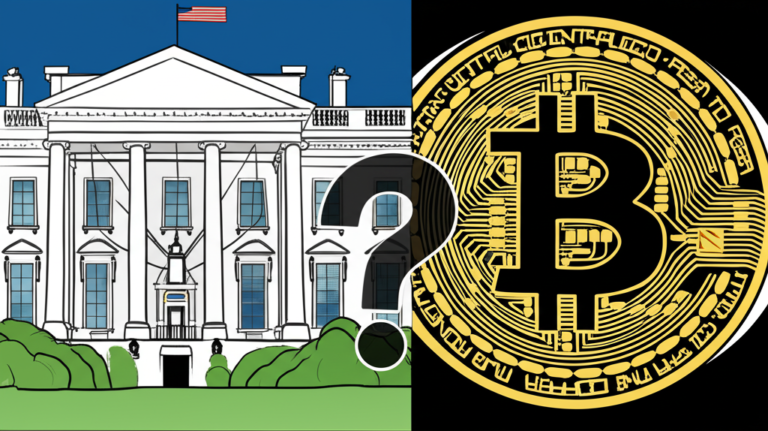Crypto in 401(k)s? SEC Chair Atkins Highlights Crucial Role of Education
The cryptocurrency industry is constantly evolving, and its potential impact on retirement planning is a hot topic. Recently, the conversation shifted into high gear with comments from SEC Chair Paul Atkins, who highlighted the critical need for investor education before cryptocurrencies can be seriously considered for inclusion in 401(k) retirement plans. This signifies a potentially significant shift in the regulatory landscape, though it’s far from a green light for widespread adoption.
Atkins’ Cautious Optimism: Education as the Gateway
Atkins’ statement, reported by Cointelegraph, doesn’t represent a blanket approval for crypto in 401(k)s. Instead, it underscores a crucial prerequisite: robust investor education. He implicitly acknowledges the inherent volatility and risks associated with cryptocurrencies, emphasizing the need for individuals to understand these risks before allocating retirement savings to this asset class. This cautious approach reflects the SEC’s ongoing efforts to balance innovation with investor protection.
The Risks and Rewards of Crypto in Retirement
The potential for high returns is a major draw for including crypto in retirement portfolios. While some cryptocurrencies have shown exponential growth, the volatility is equally significant. A sudden market downturn could wipe out a considerable portion of retirement savings. For example, Bitcoin, the largest cryptocurrency by market capitalization, experienced a significant drop in value in 2022, highlighting the potential for considerable losses. This risk is amplified when considering the long-term nature of retirement investments.
Conversely, the potential for substantial gains could significantly boost retirement nest eggs. Early adopters of Bitcoin, for instance, have witnessed astronomical returns. However, timing the market is notoriously difficult, making it risky to rely on crypto for retirement security.

Regulatory Hurdles Remain
While Atkins’ comments are encouraging for the crypto community, numerous regulatory hurdles remain. The SEC is still scrutinizing various aspects of the crypto market, including issues related to security, market manipulation, and the classification of certain crypto assets as securities. These regulatory uncertainties could delay or even prevent the widespread adoption of cryptocurrencies in retirement plans. Furthermore, the lack of standardized regulations and robust oversight mechanisms continues to be a concern.
The Path Forward: Education and Regulation
The future of crypto in 401(k)s hinges on two key factors: increased investor education and clearer regulatory frameworks. Educational initiatives should focus on risk management, diversification strategies, and the importance of understanding the underlying technology and market dynamics before investing. Simultaneously, regulatory clarity will be crucial in providing a stable and trustworthy environment for crypto investments within retirement accounts. This could involve establishing clearer guidelines for custody, reporting, and taxation of crypto assets held in retirement plans. Further, the development of regulated crypto exchanges specifically designed for retirement accounts could also contribute to broader adoption.
Key Takeaways:
- SEC Chair Atkins emphasizes the critical need for investor education before including crypto in 401(k)s.
- High potential returns are balanced by significant volatility and risk.
- Regulatory clarity and robust investor education are essential for future adoption.
- The SEC continues to monitor and regulate the crypto market, potentially influencing the timeline for wider 401(k) inclusion.
- A holistic approach combining education and well-defined regulatory frameworks is key for responsible integration of crypto into retirement planning.










